Last updated on May 5th, 2024
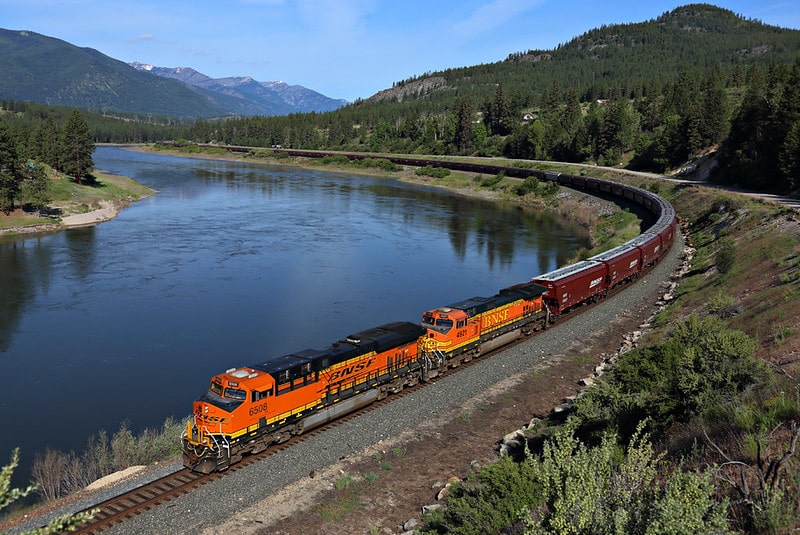
51. The Clark Fork discharges the greatest volume of water of any river exiting the state.
52. There are more than 3000 named lakes and reservoirs in Montana. These include the Flathead Lake, which is the largest natural freshwater lake in the U.S. In fact, the Glacier National Park is host to 250 lakes and many of them are within Montana’s boundaries.
53. Fork Peak Reservoir of Missouri River is the largest reservoir in the state.
54. Montana has a unique feature called a triple divide. This triple divide allows water to flow into the Atlantic Ocean, The Hudson Bay (when considered an Arctic tributary) and the Pacific Ocean. The continental divide is responsible for an extreme climate since the opposing Arctic and Pacific atmospheres link up to create a dramatic weather clash. Visitors are advised to carry rain gear and warm clothes when visiting Kalispell’s backyard treasure.
55. Water in Montana is naturally clean and safe to drink due to the natural filter system. All snow and rainwater travels through this same filtering system deep in the rock.
56. In Montana, 27 percent of the land is forested, with nearly all of it in the state’s western half. In Maine, 82 percent of the state is forested (the most in the nation) and in North Dakota only 1 percent (the least).
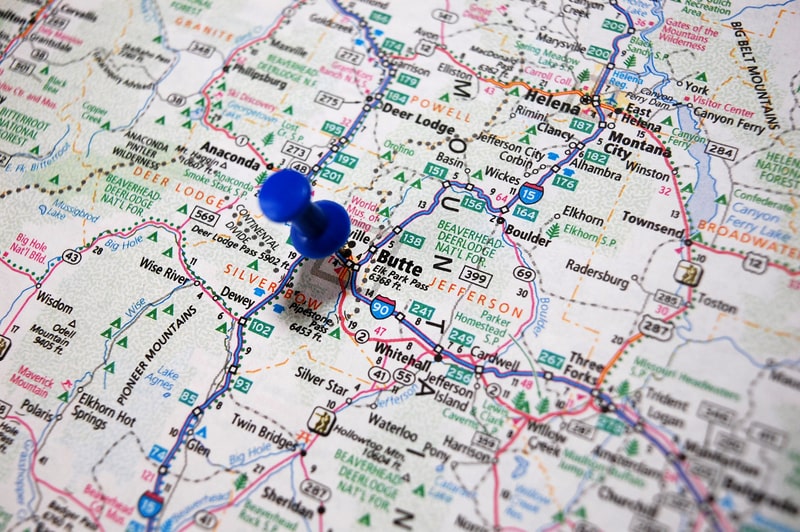
57. Butte, Montana is called the “richest hill on planet earth”. This is because of the rich mining history of this city.
58. Cascade County, home of Malmstrom Air Force Base, reports the greatest number of UFO sightings in the state. Malmstrom AFB controls the many nuclear missile silos in the state.
59. Montana has one of the world’s largest collections of dinosaur fossils. The Museum of the Rockies alone has 13 T-Rex specimens.
60. The smokestack in Anaconda, Montana is one of the tallest brick structures in the world. It stands 585 feet high.
61. Jordan, Montana is one of the remotest county seats in the United States. The nearest airport is 175 miles away while the nearest bus line is 85 miles away.
62. The Guinness World Record Association recognized the Roe River in Montana as the shortest river in the world. It is only 201 feet long and can be found near Great Falls.
63. Montana is home to one of the largest earth-filled dam in the world. This dam is the Fort Peck Dam located in northeast Montana.
64. In 1888, there were more millionaires per capita in Helena, Montana than any other city on earth. Most of these millionaires made their money from gold.
65. One of the largest steer in world history rests in the O’Fallon Museum in Montana. This steer was about six feet tall and weighed an impressive 3,980 pounds.
66. The largest snowflake ever observed was seen in Fort Keogh, Montana. This snowflake had an incredible diameter of 15 inches.
67. Fort Benton is as far inland as a person can navigate by boat on any continent. Located 3,560 miles from the Gulf of Mexico, it’s known as the “world’s innermost port.” In the early days of river navigation, 20 percent of the steamboats that left St. Louis bound for Fort Benton via the Missouri River never returned to St. Louis. Fort Benton was the end of the line because five waterfalls blocked the Missouri River where the city of Great Falls is now. When Lewis and Clark portaged the 18 miles around the falls in 1805, the effort took them 31 days.
68. The folks in Saco set a record in 1999 by cooking a 6,000-pound hamburger. Seventeen cows went into that burger. The next day, leftovers included biscuits and gravy for breakfast and sloppy joes for dinner.
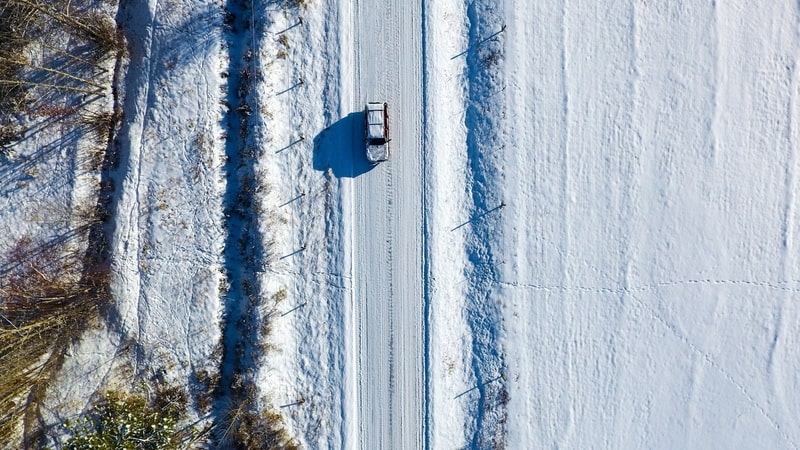
69. The small town of Summit, located on the southern border of Glacier National Park, sits at an altitude of 5,216 feet. In January, 1972, Summit set the state records for greatest snowfall in 24 hours; greatest snowfall in four days; greatest snowfall in five days; and the greatest snowfall in one month. A total of 131 inches fell during that month. Some of the records have since been broken, but it remains a blizzard of truly epic proportions.
70. In Loma, Montana the temperature rose 103°F in a single 24-hour period, rising from -54°F at 9 am on January 14, 1972, to 49°F by 8 am on January 15. This event still stands as a world record for the greatest change in temperature ever measured on earth in a single 24-hour period.
71. The town of Browning, near Glacier National Park, holds the national record for the greatest drop in temperature in twenty-four hours, for a 100-degree drop on January 23, 1916. The temperature went from 44°F to -56°F in a single day.
72. Montana holds the record for the all-time coldest temperature in the Lower 48 at -70°F set at Rogers Pass on the Continental Divide on January 20, 1954. It may have been colder than that, but that was the lowest temperature reading on the thermometer. Montana’s record high is 117°F, for a temperature range of 187 °F. No other state has a larger temperature range than that. North Dakota comes in second place with a range of 181°F and Alaska is third with 180°F.
73. July 2007 was the hottest month ever recorded in Montana.
74. At an elevation of 7,651 feet above sea level, the tiny community of Cooke City near Yellowstone National Park is the highest in the state. Montana’s highest elevation is the top of Granite Peak near Yellowstone, at 12,799 feet. The lowest point in the state is where the Kootenai River exits the northwest corner of the state at 1,800 feet.
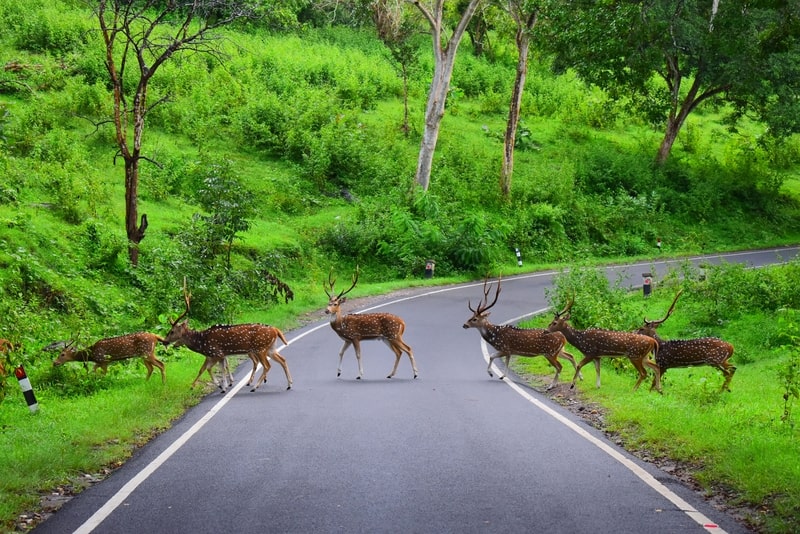
75. Montana ranks second in the nation for collisions with animals, averaging 17,000 yearly in a state with just over 800,000 licensed drivers. The only state where motorists are more likely to strike an animal is West Virginia. The animal most frequently involved is a deer. November is the peak month.
76. The Great Falls on the Missouri River is actually in Montana. It is the biggest waterfall on this river.
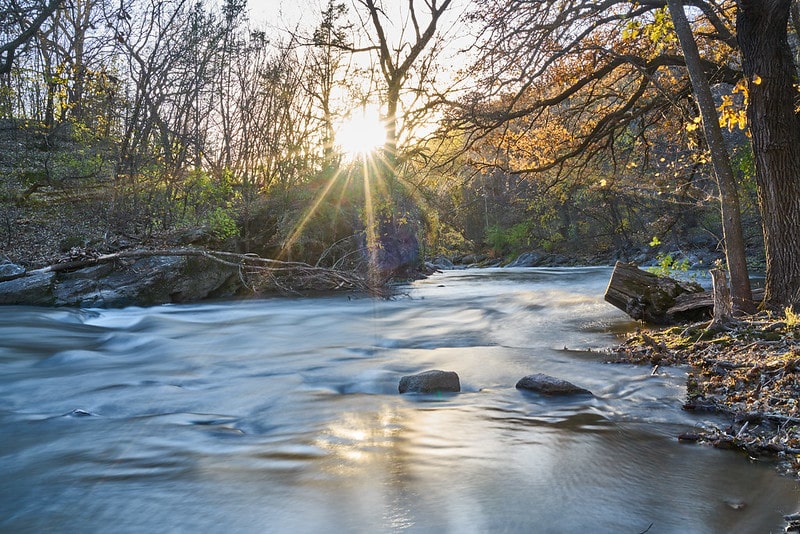
77. Montana has the largest County Park in the United States. This park is the Beaver Creek Park located in Hill County, Montana.
78. The Sioux word for “bad earth” or “hell” gave us the name for Montana’s largest state park, Makoshika, near Glendive in eastern Montana. The park features badlands, hoodoo formations, and fossils, including Tyrannosaurus Rex and Triceratops.
79. Montana is also home to the largest ICBM field in the U.S. covering 23,500 miles.
80. The Yellowstone River runs through parts of Montana. This river is definitely the longest un-dammed river in the lower 48 states.
81. There are about twice as many boats as snowmobiles registered in the state with around 25,000 snowmobiles and 51,207 boats. Montana ranks 18th in the nation for number of boats per capita with 47 boats for every 1,000 residents. Minnesota comes in first with 143.
82. Montana has more cars registered per capita than any other state, with 184 vehicles for every 100 people. That’s nearly triple New York’s rate of car ownership of only 58 cars for every 100 citizens.
83. Just over 34 percent of vehicles on the road in Montana are pickup trucks. The only state with more pickup trucks per capita is Wyoming, where it’s 38 percent. In 50th place is New Jersey with only 8 percent. The national average is 17 percent.
84. Chet Huntley, a famous newscaster born in Cardwell, Montana, was the driving force behind the construction of the Big Sky ski resort town, but died three days before the grand opening ceremonies in 1974. Today, Big Sky has more vertical feet of skiing than any other ski area in the nation, with 4,180 feet.
85. About 65 percent of Montana households have at least one gun, the highest in the nation. Just over 38 percent of residents own firearms suitable for hunting.
86. The Lewis and Clark expedition stopped at Travelers Rest in Lolo, Montana. This is the only site that has physical proof of the presence of these explorers.
87. Only one gem from North America is included in the Crown Jewels of England. This is the Montana Yogo Sapphire.
88. Montana has 14 ski areas operational, with a combined area of 14,000 acres of skiing and 548 downhill runs.
89. The garden of 1,000 Buddhas in Arlee, Montana, is a beautiful place visitors must see when visiting the state. You will find this peaceful place in the Flathead Valley.
90. Another spectacular rock formation near Yellowstone in Montana is the Sheepeater Cliff. It is a series of exposed basalt cliffs in column form, which is actually lava deposited many years ago.
91. A rustic monument known as the Roosevelt Arch marks the north entrance to Yellowstone National Park. The cornerstone of the massive arch was laid in April 1903 by President Roosevelt himself.
92. You can step back in time in Virginia City, Montana, where everything still looks like it was in the 1800s. There are items on display in shops that are more than 100 years old.
93. Outdoor lovers will find the grassy plains known as the Northern Great Plains of Montana as a good place to be. These plains contain some of the most significant native grasslands in the US.
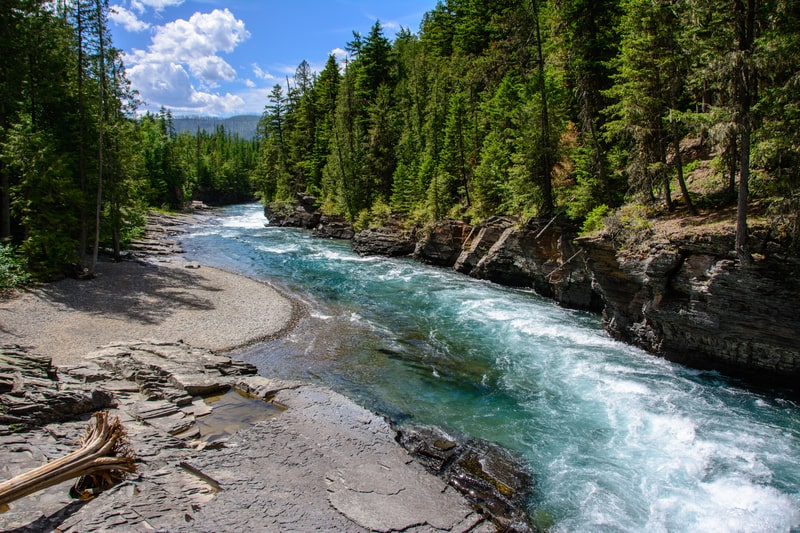
94. In 1896 the U.S. government agreed to pay the Blackfeet Indian Nation $1.5 million for the tribe to relinquish all rights to their ancestral lands that now compose Glacier National Park. The government paid the fee at the rate of $150,000 per year for ten years. Today over 3 million tourists visit Glacier Park annually.
95. Many people believe that the Demas Hotel in Butte, Montana is a super haunted place. Visitors claim to have seen the ghost of a woman coming down the stairs.
. . . continue reading on the next page
